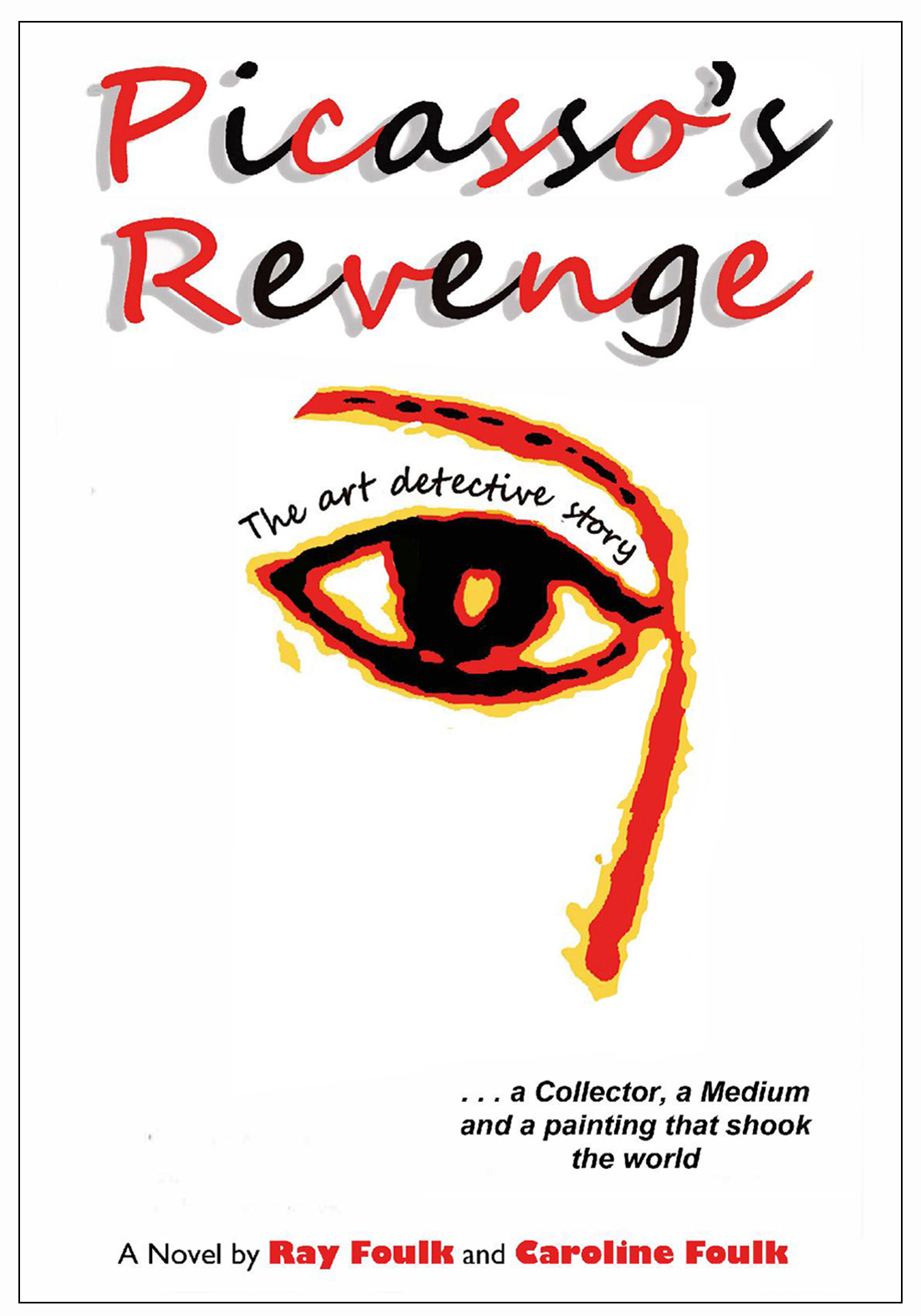Temple University Press. 2011. c142p. bibliog.. illus. index. ISBN 978-1-59213-998-9 (paper). $24.95. ISBN 978-1-59213-997-2 (cloth). $74.50. ISBN 978-1-592213-999-6 (Adobe Digital Edition PDF e-book). $24.95. Google eBook. $14.72.
As the United States was transformed from a rural to an urban nation during the 1930s and 1940s, many individuals were lured to cities, which became destinations of hope, opportunity, and renewal. (pp. 3-4) Photographers participated in this urban migration that was as much a movement of peoples as a shift in the locus of the American imagination. (p. 5) In this generously- illustrated publication, showcasing more than 100 halftone photographs from the Farm Security Administration (FSA)/Office of War Information (OWI) project along with extracts from the Works Progress Administration (WPA) guidebooks and oral histories, Foulkes, an Associate Professor of History at The New School (PhD, University of Massachusetts, Amherst) and the author of Modern Bodies, corrects the commonly held view that the FSA/OWI photographers only were concerned with documenting rural life in the 1930s and 1940s. She shows that the “propulsion to the city” was an equally important theme in their works, many of which captured views of cities, their inhabitants, and happenings. Featuring images by notable photographers such and Dorothea Lange, Walker Evans, and Gordon Parks as well as those by lesser- known ones, Foulkes illuminates the changes in landscapes, habits, and aspirations that the march to American cities encompassed. Dividing her publication into five chapters, organized around the broad themes of intersection, traffic, high life/low life, the city in the country, and citizens, she includes images of intersections, roads, street corners, cars, traffic signs, lights, people, trains, buses, buildings, houses, public places, parks, theaters, stores, newsstands, nightclubs, dance halls, entertainment venues, bus stations, highways, motels, restaurants, summer camps, homes, suburbs, meetings, campaigns, picket lines, demonstrations, support for the war effort, parades, flags, and more. The cities represented span the geographical area of the United States from New York in the North, to New Orleans in the South, San Francisco in the West, and Washington, D.C. in the East. Photographs taken in more than thirty places are compiled by the author in a collection that captures the increasing urbanization of the United States, its cultures, and peoples, who lived in cities, suburbs, and towns throughout the country. Nicely-presented, thoughtfully-written, well-argued, and sufficiently-documented, this easy-to-read, engaging book, consisting mostly of photographs and comprising the series Urban Life, Landscape, and Policy (ed. Zane L. Miller, David Stradling, and Larry Bennett), will be of significant interest to general readers, students, scholars, and others. It is highly recommended for many public, academic, and special library collections. Review copy. Availability: Amazon.com, Barnes & Noble.com, Temple University Press (distrib. by University of Chicago), Google Books.














